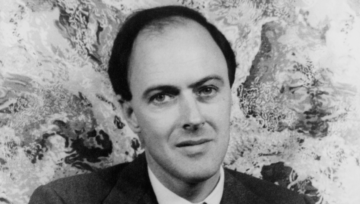Christian Kriticos in Quillette:
 Setsuko Nakamura was 13 years old when the atomic bomb hit Hiroshima. She remembers seeing “a blinding bluish-white flash” and then “having the sensation of floating” as the building around her collapsed. When she regained consciousness, she heard the faint cries of her classmates, trapped in the burning ruins: “Mother, help me. God, help me.” Three hundred and fifty-one of her schoolmates died—just a fraction of the overall death toll, which is estimated at anywhere from 70,000 to 140,000.
Setsuko Nakamura was 13 years old when the atomic bomb hit Hiroshima. She remembers seeing “a blinding bluish-white flash” and then “having the sensation of floating” as the building around her collapsed. When she regained consciousness, she heard the faint cries of her classmates, trapped in the burning ruins: “Mother, help me. God, help me.” Three hundred and fifty-one of her schoolmates died—just a fraction of the overall death toll, which is estimated at anywhere from 70,000 to 140,000.
On the other side of the world, in the nation that launched the attack, the human impact of the atomic bomb was not widely understood at the time. The US imposed strict censorship, confiscating medical reports and photographs from Hiroshima and Nagasaki, and restricting the publication of survivor accounts. In any case, the American public was more in the mood for jubilation, as the bombings brought an end to almost four years of war with Japan.
Only a few citizens truly understood the destructive power of this new weapon and the existential threat it posed to humanity. Among them was a 28-year-old flight lieutenant named Roald Dahl, stationed at the British Embassy in Washington, DC.
More here.
